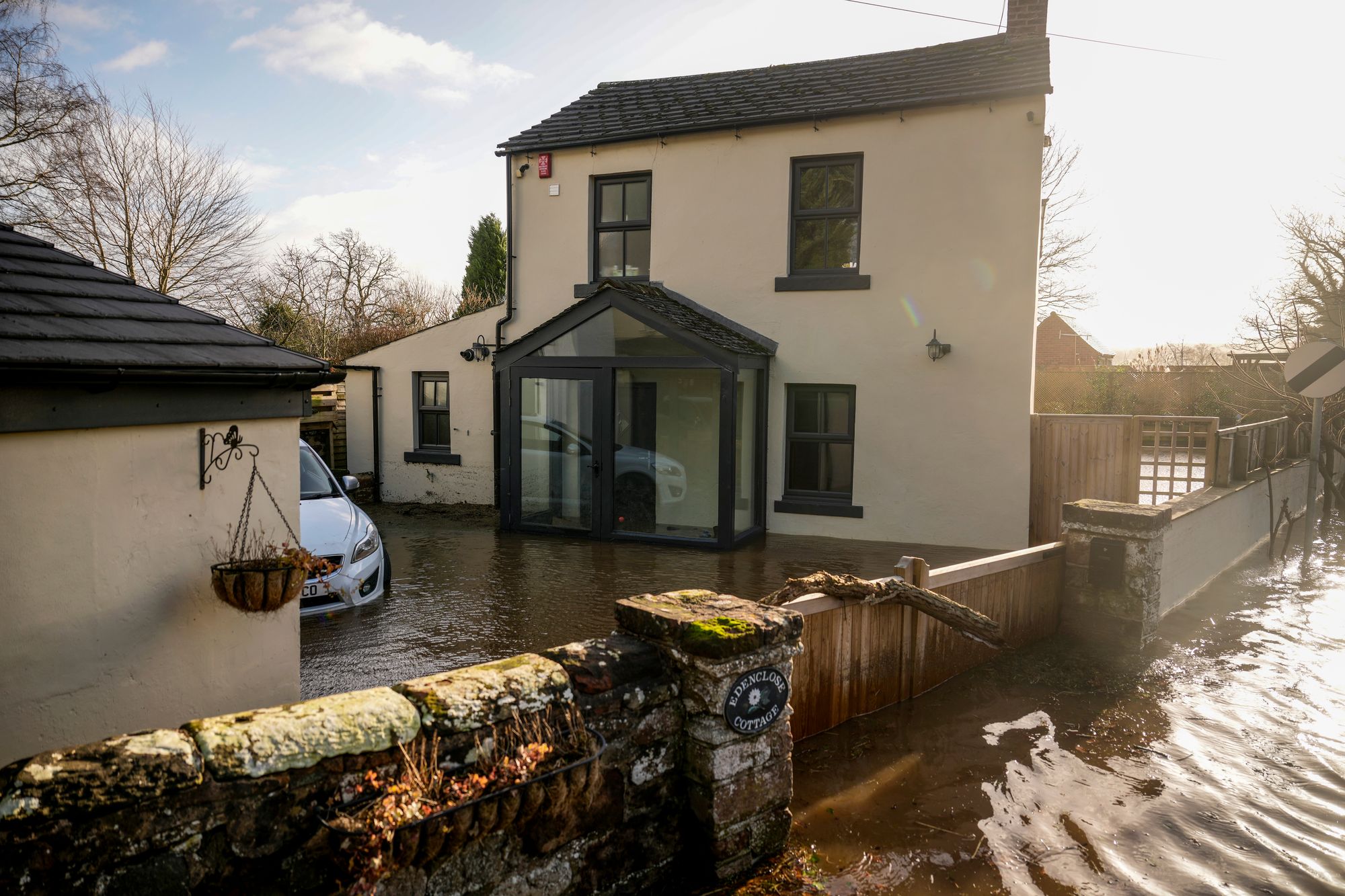The Growing Crisis: Climate Change and the Insurance Industry
Understanding the Impact of Climate Change on Insurance
The relentless rise in climate change-related disasters is not just a looming threat; it’s a present-day reality impacting millions worldwide. Imagine waking up to find your home submerged, yet your insurance provider informs you that your property is now uninsurable due to escalating risk factors. This is becoming an all-too-familiar scene, signaling a larger crisis within the insurance industry.
The Increasing Frequency of Extreme Weather Events
Recent data reveals alarming trends: flood occurrences have surged fourfold in tropical regions and increased 2.5 times in mid-latitude areas over the past decade. In the UK alone, one in six residents now faces flood risks, with predictions indicating a potential 27% rise in annual damages by the 2050s. The Association of British Insurers has reported a staggering £585 million loss payout for weather-related home damages in 2024, marking an unprecedented financial burden for the industry.
Flooded homes from Storm Bert (Getty Images)
The insurance sector is grappling with the fallout of these changing environmental conditions. As climate change continues to drive more severe and frequent disasters, traditional insurance models are being pushed to their very limits. Insurers are left with no option but to either raise premiums dramatically or completely withdraw coverage, leaving households and communities vulnerable.
The Consequences of Unaffordable Insurance
When insurance becomes too costly or unavailable, homeowners are left exposed, risking significant declines in their property values. The implications could extend beyond personal losses; a broader financial crisis could loom if mortgages become harder to secure due to declining home values. The insurance issue rests at the heart of economic stability – banks rely on insured properties as collateral, but without insurance, this security collapses.
UK’s Struggling Resilience: A Closer Look
In an attempt to mitigate this impending crisis, the UK introduced Flood Re in 2016—a collaborative effort between the government and insurers aimed at maintaining affordable insurance for high-risk areas. However, progress has been glacial. The latest reports from the House of Commons indicate that the £5.2 billion flood defense program is 40% behind schedule, with only 200,000 properties expected to be protected by 2027. This is significantly lower than the original target of 336,000 homes.

A home flooded after Rivre Eden burst from Storm Isha (Getty Images)
A Warning from Industry Leaders
In July 2025, Perry Thomas, CEO of Flood Re, highlighted a concerning trend: UK flood resilience is deteriorating. He attributed the failing system to insufficient efforts from mortgage lenders, builders, and successive governments. As a result, homeowners face not just personal financial straits but systemic risks to the entire banking sector.
The Financial Ramifications of Climate Change
If the government fails to meet climate adaptation goals, research estimates that up to 3 million homes in the UK could become effectively worthless within 30 years. This might convert homes into “stranded assets,” leading to higher default rates and mounting financial losses for lenders. Without the adoption of climate-adjusted risk models that account for physical hazards such as flooding, banks risk miscalibrating their portfolios, leading to disastrous economic repercussions.
Preparing for Future Financial Crises
The ongoing impact of climate change on the insurance industry mirrors the 2008 subprime mortgage crisis, where high-risk home loans were mishandled. However, this time, the downfall would result from tangible, physical climate damage rather than merely financial miscalculations.
The Road Ahead: Transforming Insurance Models
Traditional financial models treat extreme weather as atypical “tail risks.” However, with the increasing frequency and interconnectedness of climate events, the landscape has fundamentally changed. The need for evolving risk models that accurately reflect this new reality is paramount.
Flooding is now not merely an environmental issue; it has morphed into a profound financial threat. Insurers, regulators, and financial institutions must adopt proactive strategies that integrate climate risks into their financial assessments. These changes are crucial for guiding investments, planning, and comprehensive adaptation strategies capable of withstanding and recovering from climate impacts.
The Path to Effective Adaptation
Investing in robust adaptation measures, such as improved flood defenses, can significantly reduce future climate-related risks. It’s a cyclical relationship: enhanced modeling promotes more effective adaptation efforts, bolstering overall financial stability.
Conclusion
The insurance industry’s challenges brought on by climate change are apparent and growing. As communities face increased environmental risks, it becomes crucial for all stakeholders—insurance companies, policymakers, and homeowners alike—to rethink approaches and solutions. The time to act is now, as the path forward will shape not only the resilience of homes but also the stability of our financial systems.
By understanding and addressing these challenges, we can better prepare for a future where climate change is a driving force, shaping economic landscapes and community resilience. Your support for balanced, factual reporting is essential in shedding light on these pressing issues. Your contribution helps us keep the conversation going and deepen public understanding of such critical matters.

